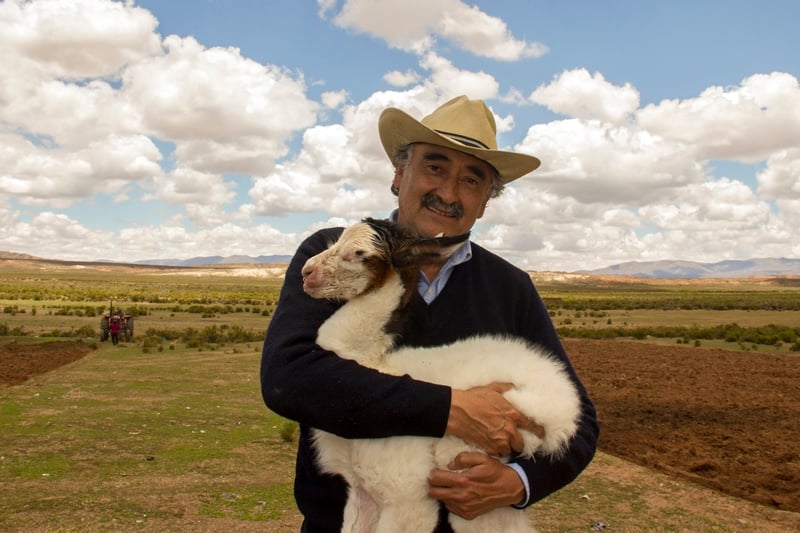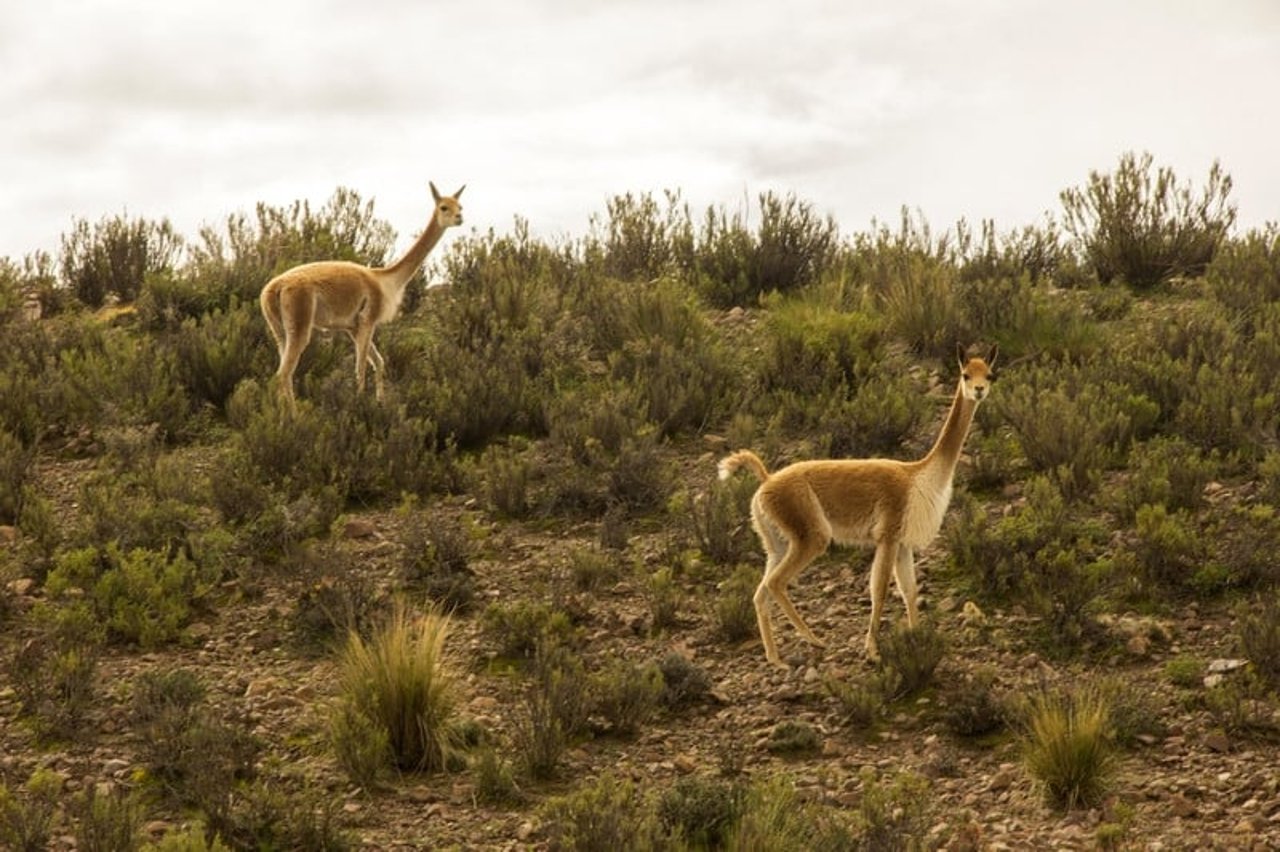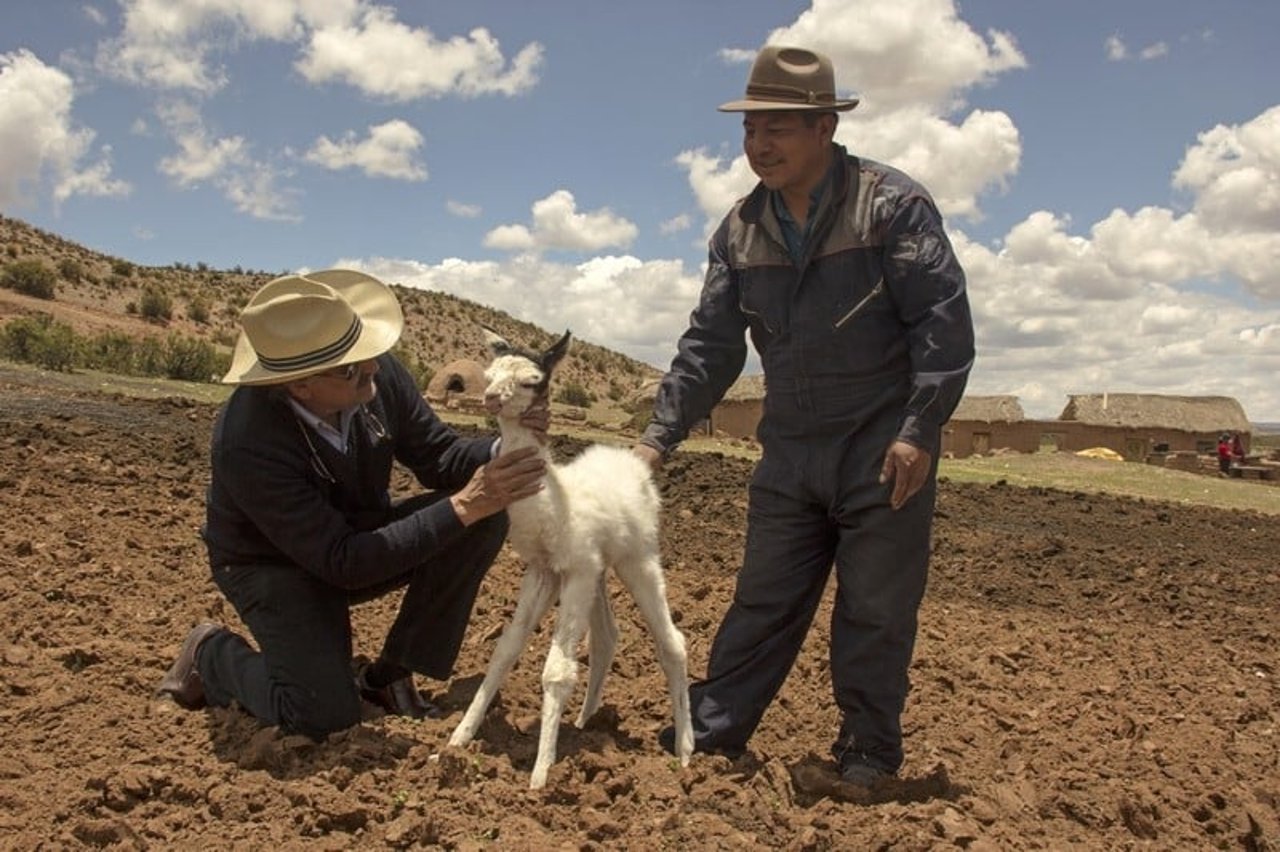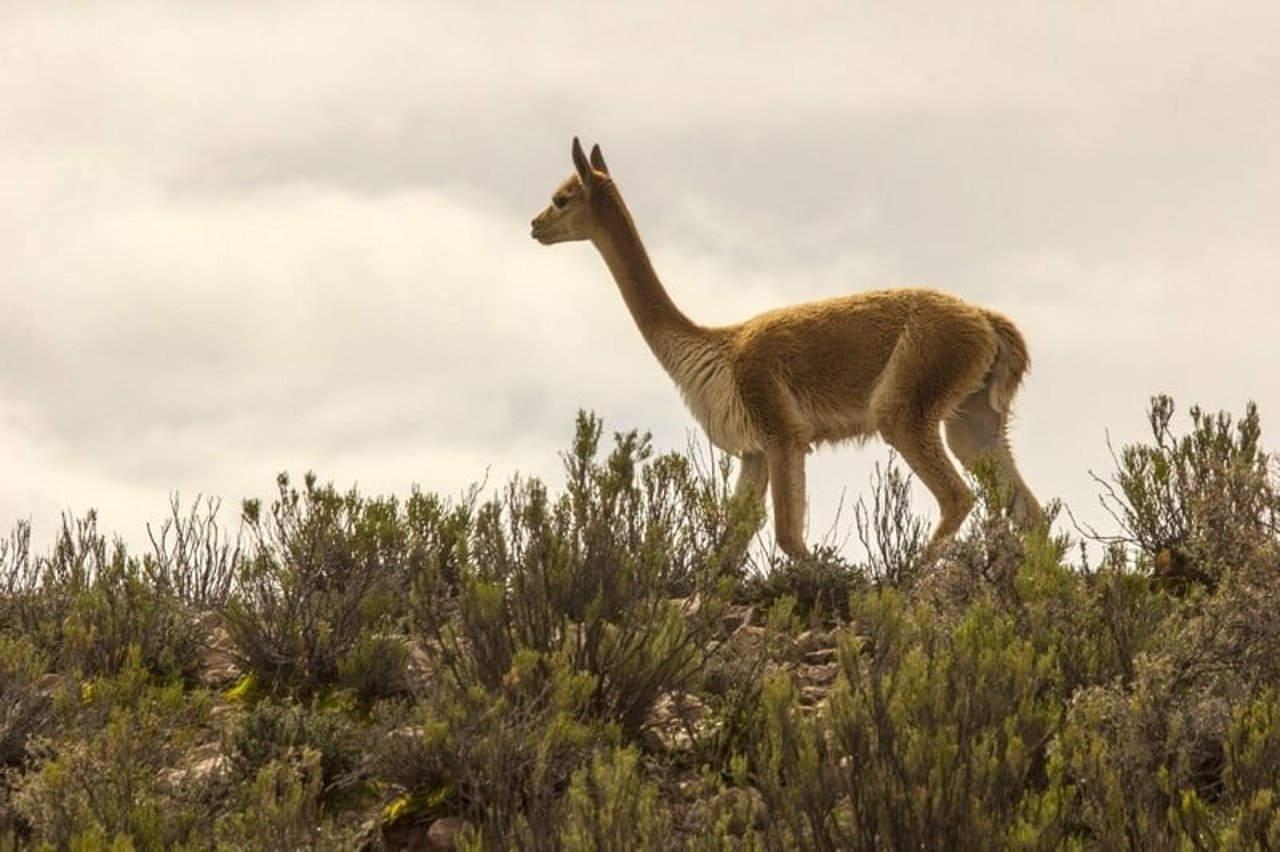
Bringing relief to drought-affected animals in Bolivia
News
Bolivia's Andean plateau has been affected by severe drought. Tens of thousands of animals have died and many crops have been lost. We're providing minerals, vitamins and seeds, which will produce enough feed to help over 30,000 animals through our Disaster Liaison Officer, Dr. Einstein Tejada.
The following is a conversation with Dr. Einstein Henry Tejada Vélez:
When did you first hear about the drought in Oruro?
After the last rainy season in March 2016. Last year, the rainy season was very short and very insufficient. This means that plants did not have the needed time to grow. So, native grasslands where animals feed weren’t at their optimal condition.
What were you thinking? What concerned you the most?
I was very distressed and anguished, not knowing what would happen because of the rain shortage. And at the same time, we also experienced unusually warmer temperatures, which is not common in that part of Oruro and in general in all highlands. My concerns were compounded by the news nationwide, and what people living in the area told me when I contacted them.
How did everything look on your first visit to the place?
I had the opportunity to visit the area at the end of winter, at the beginning of August. It was a devastating landscape. Plants that usually are green even in the winter/dry season, family of the Chenopodiacae and typical of that region of Oruro, extract minerals from earth and serve as food for sheep. But these plants didn’t have leaves, or their leaves were very dry, which is an indicator of an extremely dry environment.
How were animals affected?
You could clearly see that animals were behaving differently; they were not as animated. Normally camelids (llamas) produce lactic acid in their muscles because they are natural walkers, walking an average of 5 miles per day. In this case, they were stationary and had low spirits, we could even say they looked sad. But most importantly we could see problems in their calves. Some of them showed symptoms of enterotoxaemia, which can kill calves immediately. Other animals had symptoms of colibacilosis suffering diarrhea for several days, or coccidiosis, which is very common in the winter. Veterinarians from SENASA (Bolivian National Service of Agricultural Health and Food Safety) reported animals were weak and suffering high levels of dehydration. Some had breathing problems as well. When we got close to a herd, we heard labored breathing sounds coming from calves. All of this was caused by drought.
Sign up and receive updates on our work to protect animals straight to your email inbox
In the last few months, we saw more parasites affecting animals. A great number of animals died. Necropsy of those animals showed signs of dehydration, gases in their bowels, congestion and some areas with internal bleeding and bruises. These could be as a result of coccidian. Calves that died from starvation also showed signs of urinary retention.
Another interesting thing to note is the change in predators' behavior like foxes and, in some regions, Andean pumas. Mother llamas are very protective of their calves, but severe conditions result in a loss of interest in taking care of their calves. They often don’t have enough food after 8 hours of grazing, so they become easy prey for foxes who are also looking for food for their own families. Baby llamas can become very weak and vulnerable during the season. Furthermore, dogs become stressed from lack of food and water. This might drive hungry dogs to attack the stables where all the calves are.
How long do you think will take for animals and people to recover?
I feel that in the next months they will recover quickly. They will benefit from recent rain and should continue to do so until April when the rainy season ends. Our presence has been key. We have given them seeds and minerals to help them in the short term. Now that the prairies are starting to recover, green sprouts have more nutrients and the minerals we gave them will stimulate animals to eat more from the new pastures. Minerals also help in the regulation of parasites.
How did people react when relief was brought to their animals?
You could see the people were very excited, I wish you were there to experience it.
Our beneficiaries receive our help with tears of happiness in their eyes. They are very grateful and very excited, but mostly they have faith that all our help will encourage other institutions to help and make it a long-term sustainable project.
Related: responding to help animals after floods in Thailand
What we are trying to do is plant all seeds in communal crops to achieve better distribution when it becomes hay. Doing so will have greater impact once this short and deficient rainy season ends in the region.
How many animals in total are we helping?
With the minerals we are helping around 30,000 animals for 2 months, while they recover from the severe drought. The seeds will become 270,000 tons of hay, which will help approximately 34,800 animals and benefit 1,100 families.


